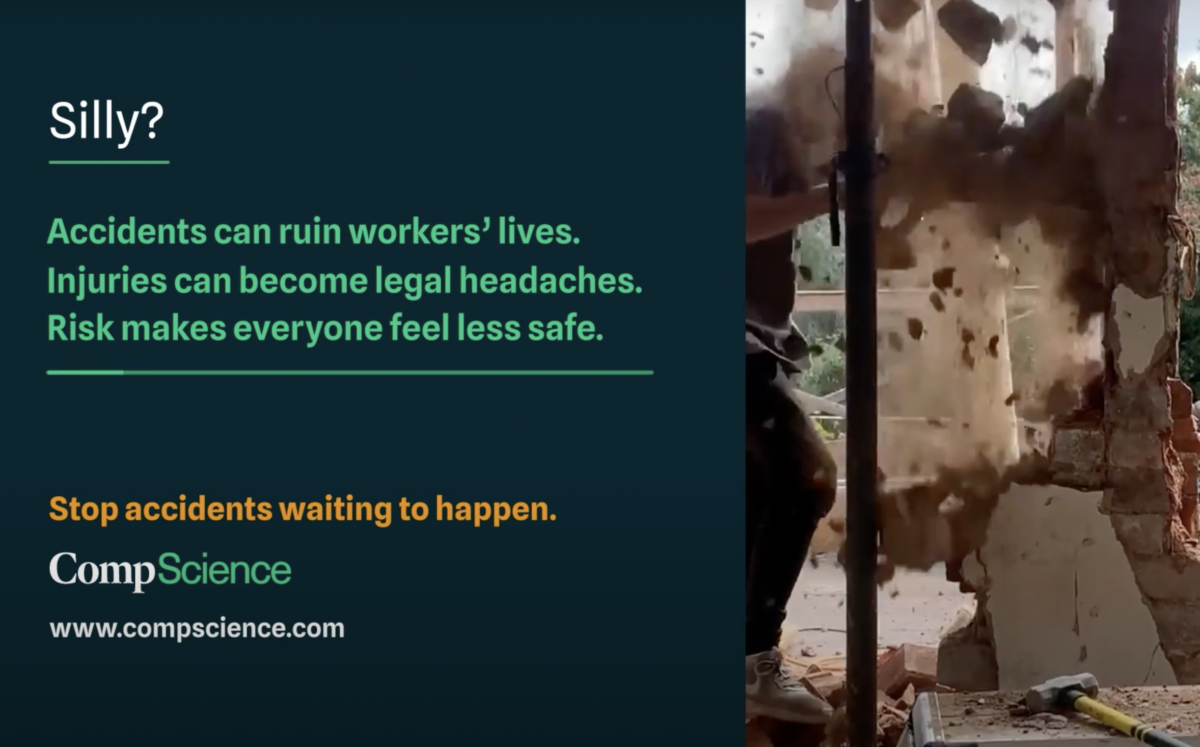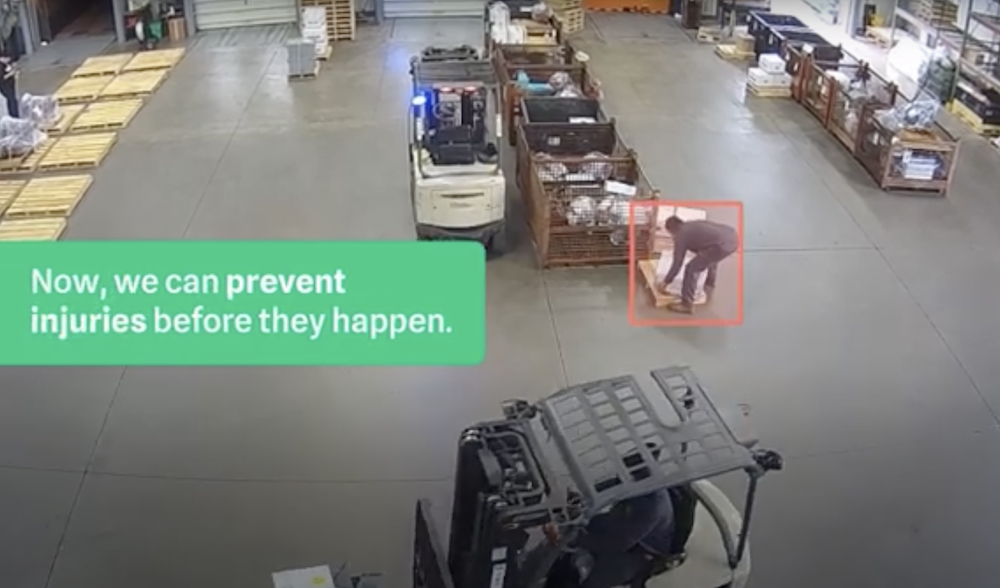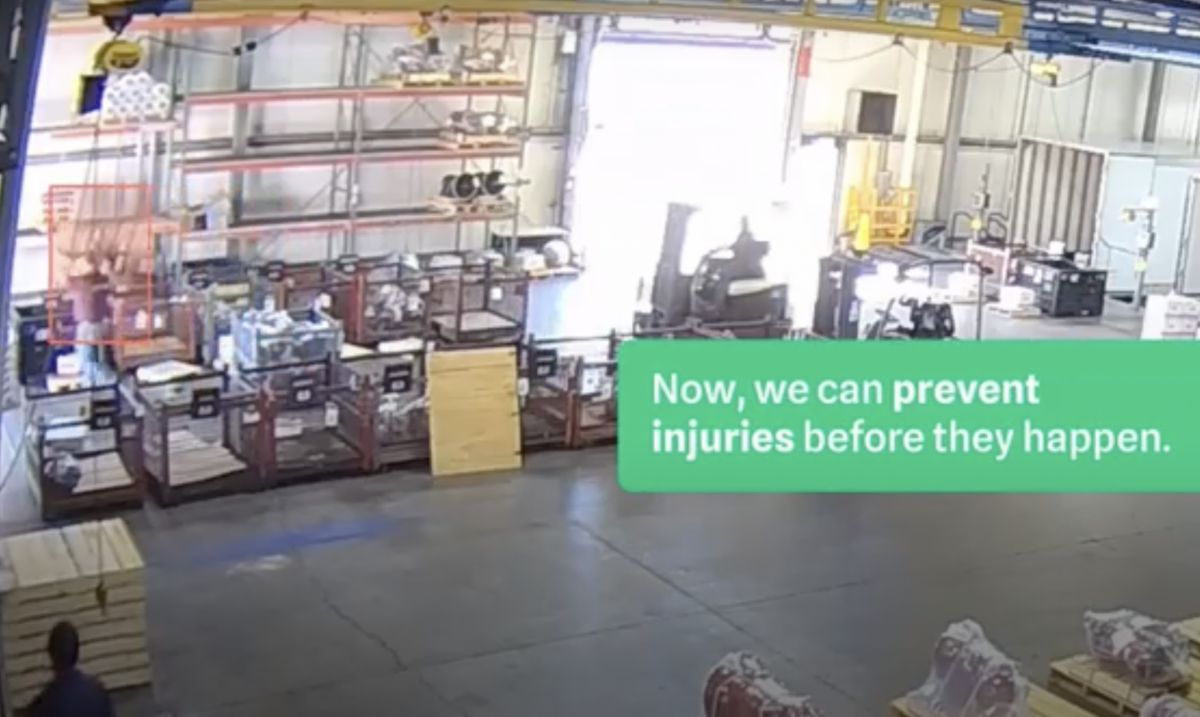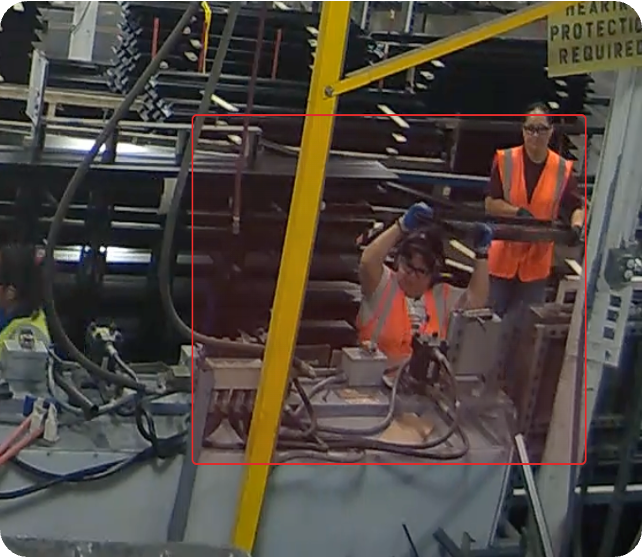Case Study
How to Achieve 99% Reduction in Risk Exposure In The Workplace
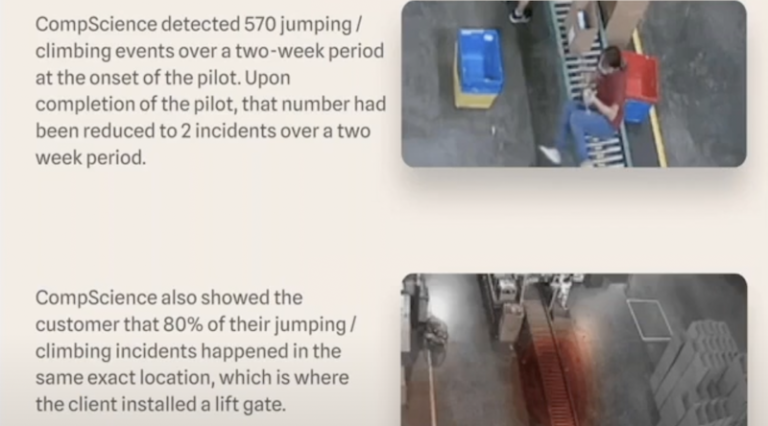
Computer vision can detect risks, but it is recommending changes to the workplace that helps cement the changes that are needed to impact people’s lives and the bottomline.
Transcript
So they actually took strides to take care of this situation. And what they did was they bought a piece of stair equipment that you could slide over top of the conveyor. So you could basically crawl over on top and crawl over to the other side. But the employees didn’t implement it, and this is something that companies find quite often. If you don’t consult your employees about what solutions are going to work, they don’t always work as you would hope they would. So, you know what these clients, what these employees were trying to do is they were trying to get from one space to another in the easiest way possible, and the easiest way possible was going over this conveyor belt. So the recommendation that we made for them, there’s a simple lift that you can install on a conveyor belt that allows you to open up the conveyor walkthrough and close it down on the other side. And this was a recommendation that was easy enough to implement for the employees that they actually did use it.
They did. And you can see here, this was their actual pilot. It was a six month pilot started 570 incidents. You can see how they trailed down. And then there was a huge drop period three. And then of course it went on through the remainder of the pilot.


